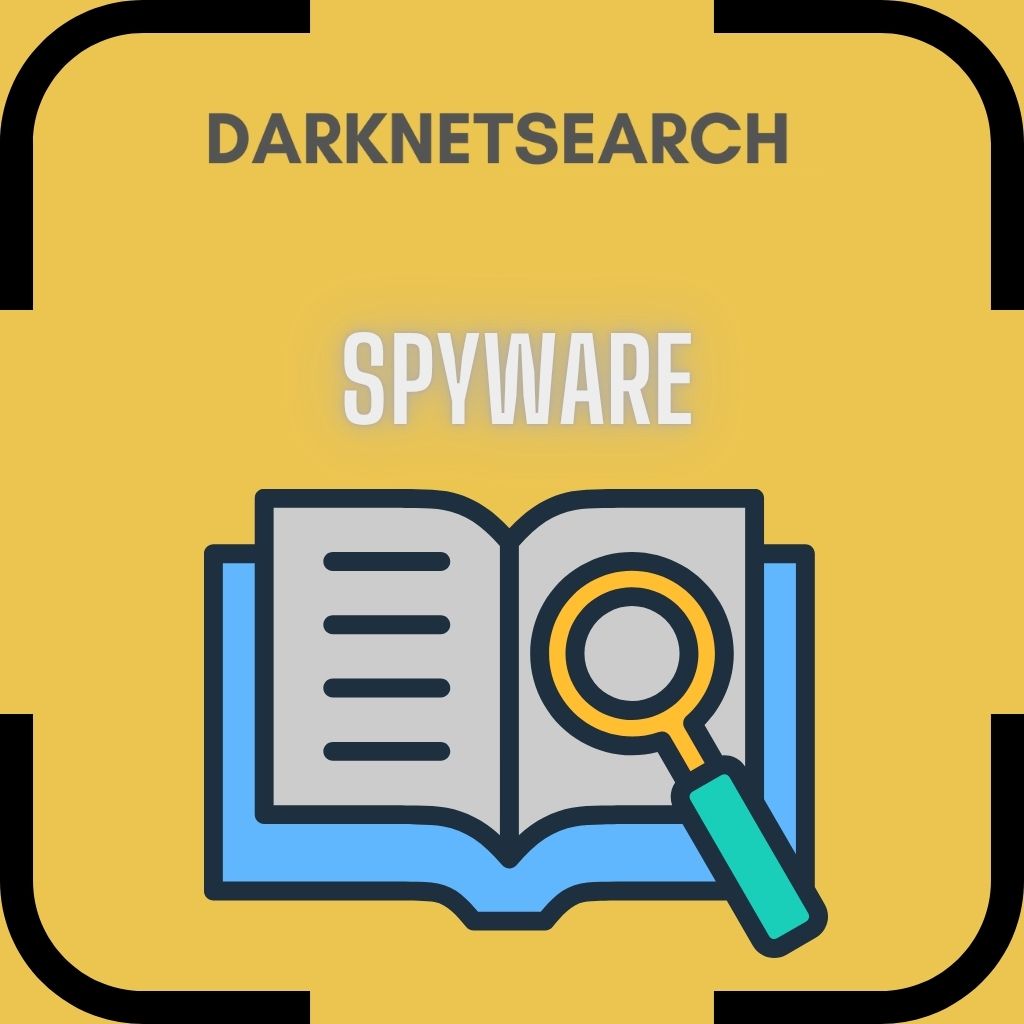➤Summary
What is a spyware?
The term “spyware” refers to a category of malicious software designed to secretly monitor, collect, and transmit data from a user’s device without consent. This insidious malware often slips into systems undetected, targeting personal data, passwords, banking details, and online behavior. In today’s hyper-connected world, spyware poses one of the most urgent cybersecurity threats.
Cybersecurity researchers have reported a 30% increase in spyware incidents over the last year — a trend that underscores the need for individuals and businesses to understand this threat. In this article, we’ll explore how spyware works, the most common types, how to detect and remove it, and most importantly, how to prevent future infections.
How Does Spyware Work?
Spyware infiltrates a device through deceptive tactics such as bundled software, malicious email attachments, drive-by downloads, or even legitimate-looking apps. Once installed, it begins monitoring user behavior, keystrokes, screen activity, or webcam footage.
Some spyware variants can:
- Record keyboard inputs (keyloggers)
- Take screenshots or video
- Monitor web browsing habits
- Collect sensitive login credentials
- Transmit data to remote servers
🥵 Typically, users remain unaware of spyware until performance slows down or data leaks appear online.
Common Types of Spyware
Several forms of spyware exist, each targeting different types of data:
- Keyloggers: Capture everything typed on a keyboard
- Adware: Display intrusive ads while tracking browsing habits
- Infostealers: Extract login credentials, files, or cryptocurrency wallets
- Trojans: Pose as legitimate software while secretly spying in the background
- Stalkerware: Often used in personal relationships to monitor someone’s location, messages, and call logs
These tools are often used by cybercriminals, corporate espionage actors, or even authoritarian governments. According to Kaspersky, many spyware tools are commercially available and marketed as parental control solutions.
How to Detect Spyware on Your Device
Many users only realize they’ve been compromised after noticing unusual behavior. Here’s what to watch for:
- Sudden slowdown of the system or app crashes
- Unexpected ads or popups
- Changes in browser homepage or search engine
- Increased data usage
- Battery drain or overheating
🪡 Pro tip: Regularly check your list of installed programs and running background processes.
Best Ways to Remove Spyware
If you suspect spyware on your device, take immediate action:
- Disconnect from the internet — to prevent further data transmission
- Boot into Safe Mode
- Use reputable anti-spyware tools like Malwarebytes, Spybot Search & Destroy, or Microsoft Defender
- Delete suspicious apps or programs
- Change all passwords from a secure, uncompromised device
🌐 Always update your OS and applications to patch vulnerabilities that spyware might exploit.
Preventing Spyware Infections
Preventing spyware is easier than dealing with an infection. Here’s a checklist to help you stay protected:
- ✅ Install a trusted antivirus and enable real-time protection
- ✅ Keep your system and apps updated
- ✅ Avoid downloading cracked or pirated software
- ✅ Do not click suspicious links or attachments
- ✅ Use a firewall
- ✅ Regularly back up important data
- ✅ Limit app permissions, especially on mobile devices
🔐 For businesses, implementing endpoint detection and response (EDR) and employee awareness training are essential.
Is Spyware Illegal?
Yes — in most jurisdictions, deploying spyware on someone else’s device without their consent is illegal. However, the legality becomes murky when it comes to parental control tools or employer monitoring (depending on local laws).
A quote from security expert Bruce Schneier sums it up well:
“Surveillance is the business model of the internet. Spyware just monetizes it more aggressively.”
Use Cases and Real-World Examples
- “Pegasus” spyware used by governments to target journalists and activists
- Corporate espionage tools deployed via USB or phishing emails
- Spyware found on cheap Android devices pre-installed from the factory
These examples show how widespread and sophisticated spyware has become.
Practical Advice: Stay One Step Ahead
Always assume your data could be targeted and act proactively:
- Enable multi-factor authentication (MFA)
- Log out from accounts on shared devices
- Use encrypted messaging apps like Signal
- Audit permissions regularly on phones and laptops
Related Resources
- How to check if your email is on the dark web
- Tools to detect stealer logs
- What is a keylogger and how to remove it?
FAQ: What’s the difference between spyware and malware?
Spyware is a type of malware specifically designed to spy and report information. Not all malware spies — some just damage systems or encrypt files (ransomware).
Conclusion: The Digital World Needs Vigilance
Spyware is one of the most silent and dangerous digital threats of 2025. It invades your privacy, steals your identity, and compromises your security — all without a trace. Whether you’re a casual user, a business owner, or an IT administrator, staying informed is the first step toward protection.
🚀 Discover much more in our guide to digital self-defense
🙌 Request a live demo of our dark web monitoring platform — NOW!
Your data might already be exposed. Most companies find out too late. Let ’s change that. Trusted by 100+ security teams.
🚀Ask for a demo NOW →Q: What is dark web monitoring?
A: Dark web monitoring is the process of tracking your organization’s data on hidden networks to detect leaked or stolen information such as passwords, credentials, or sensitive files shared by cybercriminals.
Q: How does dark web monitoring work?
A: Dark web monitoring works by scanning hidden sites and forums in real time to detect mentions of your data, credentials, or company information before cybercriminals can exploit them.
Q: Why use dark web monitoring?
A: Because it alerts you early when your data appears on the dark web, helping prevent breaches, fraud, and reputational damage before they escalate.
Q: Who needs dark web monitoring services?
A: MSSP and any organization that handles sensitive data, valuable assets, or customer information from small businesses to large enterprises benefits from dark web monitoring.
Q: What does it mean if your information is on the dark web?
A: It means your personal or company data has been exposed or stolen and could be used for fraud, identity theft, or unauthorized access immediate action is needed to protect yourselfsssss.

